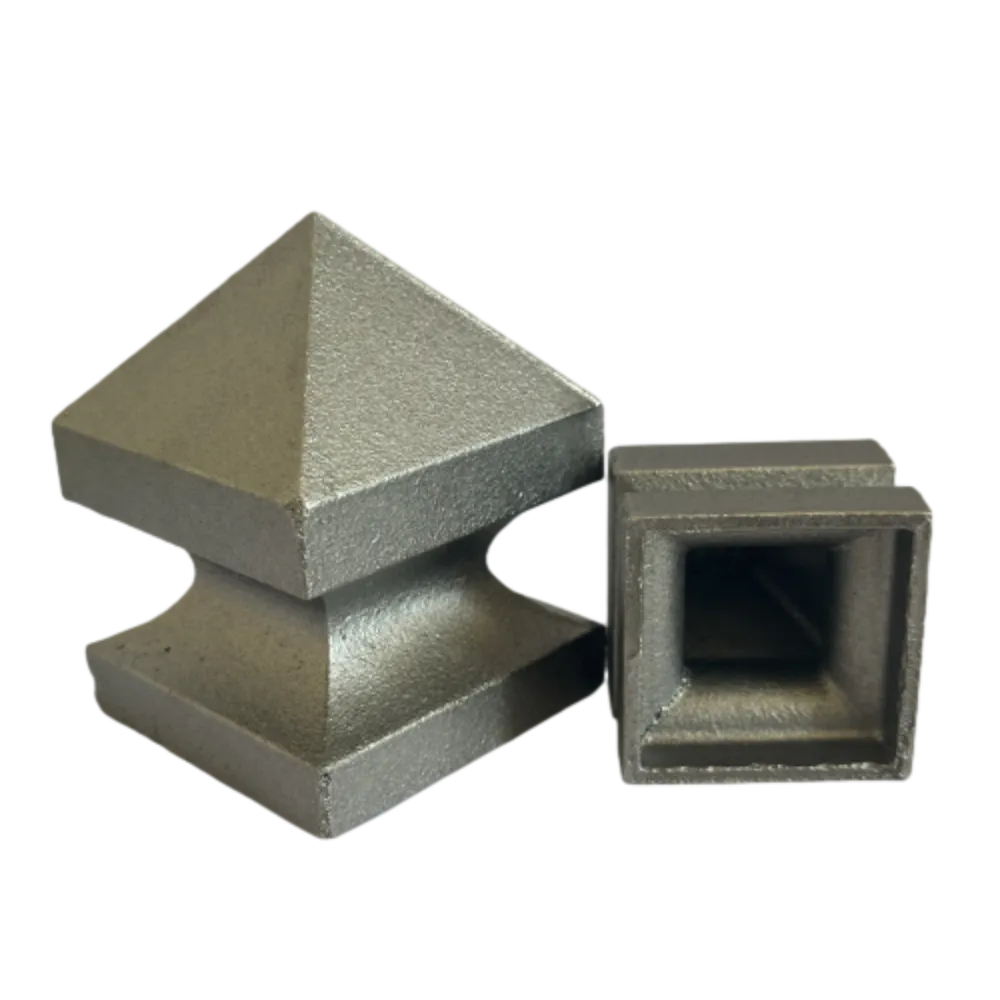Comparing the Strength of Steel and Iron in Various Applications and Industries
What is Stronger Steel or Iron?
When discussing materials, particularly in engineering and construction, the terms steel and iron frequently come up. Both of these materials have played critical roles in human development, enabling us to build everything from skyscrapers to bridges. However, a common question arises which is stronger, steel or iron? To answer this, it’s essential to understand the properties of both materials as well as their applications in various fields.
What is Stronger Steel or Iron?
This is where steel comes into the picture. Steel is an alloy made primarily from iron, with a carbon content ranging from 0.02% to about 2.1% by weight. The introduction of carbon significantly enhances the strength of iron. The carbon atoms fit into the iron's crystalline structure, which hinders the movement of dislocations—defects in the structure of a material that enable it to deform. As a result, steel is much stronger and harder than pure iron. Additionally, the carbon content can be manipulated to create different types of steel, each suited for specific applications.
what is stronger steel or iron

The enhancement of steel over iron is apparent in various real-world applications. For example, steel is vital in construction. The strength-to-weight ratio of steel makes it the material of choice for structural beams and reinforcements in buildings. It allows architects and engineers to design taller and more resilient structures than would be possible with iron alone. Furthermore, certain types of steel, such as alloy steels and stainless steels, provide additional benefits like resistance to corrosion, which iron cannot effectively achieve without protective coatings.
Another crucial aspect is the ductility and malleability of steel. While iron is more brittle and prone to cracking under stress, steel possesses greater flexibility, allowing it to absorb energy and withstand impacts without failing. This characteristic makes steel a preferred choice for applications like vehicle manufacturing, where strength and safety are paramount.
Moreover, the production processes of steel, such as the Bessemer process and electric arc furnace methods, have allowed for better control over its properties. This progress in metallurgy has led to the development of specialized steel grades tailored for specific needs in aerospace, automotive, and even medical applications.
In conclusion, while iron has its significance and historical importance, steel is unequivocally stronger due to its enhanced properties derived from the addition of carbon and other alloying elements. Steel's superior strength, durability, and versatility have made it an indispensable material in modern society. Whether constructing skyscrapers, manufacturing vehicles, or producing everyday tools, steel's advantages over iron are clear. In the ongoing quest for innovation, steel remains at the forefront, continuously evolving to meet the challenges of tomorrow. So, when it comes to strength, steel takes the lead, solidifying its status as one of the most crucial materials of the modern world.
-
Wrought Iron Components: Timeless Elegance and Structural StrengthNewsJul.28,2025
-
Window Hardware Essentials: Rollers, Handles, and Locking SolutionsNewsJul.28,2025
-
Small Agricultural Processing Machines: Corn Threshers, Cassava Chippers, Grain Peelers & Chaff CuttersNewsJul.28,2025
-
Sliding Rollers: Smooth, Silent, and Built to LastNewsJul.28,2025
-
Cast Iron Stoves: Timeless Heating with Modern EfficiencyNewsJul.28,2025
-
Cast Iron Pipe and Fitting: Durable, Fire-Resistant Solutions for Plumbing and DrainageNewsJul.28,2025
-
 Wrought Iron Components: Timeless Elegance and Structural StrengthJul-28-2025Wrought Iron Components: Timeless Elegance and Structural Strength
Wrought Iron Components: Timeless Elegance and Structural StrengthJul-28-2025Wrought Iron Components: Timeless Elegance and Structural Strength -
 Window Hardware Essentials: Rollers, Handles, and Locking SolutionsJul-28-2025Window Hardware Essentials: Rollers, Handles, and Locking Solutions
Window Hardware Essentials: Rollers, Handles, and Locking SolutionsJul-28-2025Window Hardware Essentials: Rollers, Handles, and Locking Solutions -
 Small Agricultural Processing Machines: Corn Threshers, Cassava Chippers, Grain Peelers & Chaff CuttersJul-28-2025Small Agricultural Processing Machines: Corn Threshers, Cassava Chippers, Grain Peelers & Chaff Cutters
Small Agricultural Processing Machines: Corn Threshers, Cassava Chippers, Grain Peelers & Chaff CuttersJul-28-2025Small Agricultural Processing Machines: Corn Threshers, Cassava Chippers, Grain Peelers & Chaff Cutters












